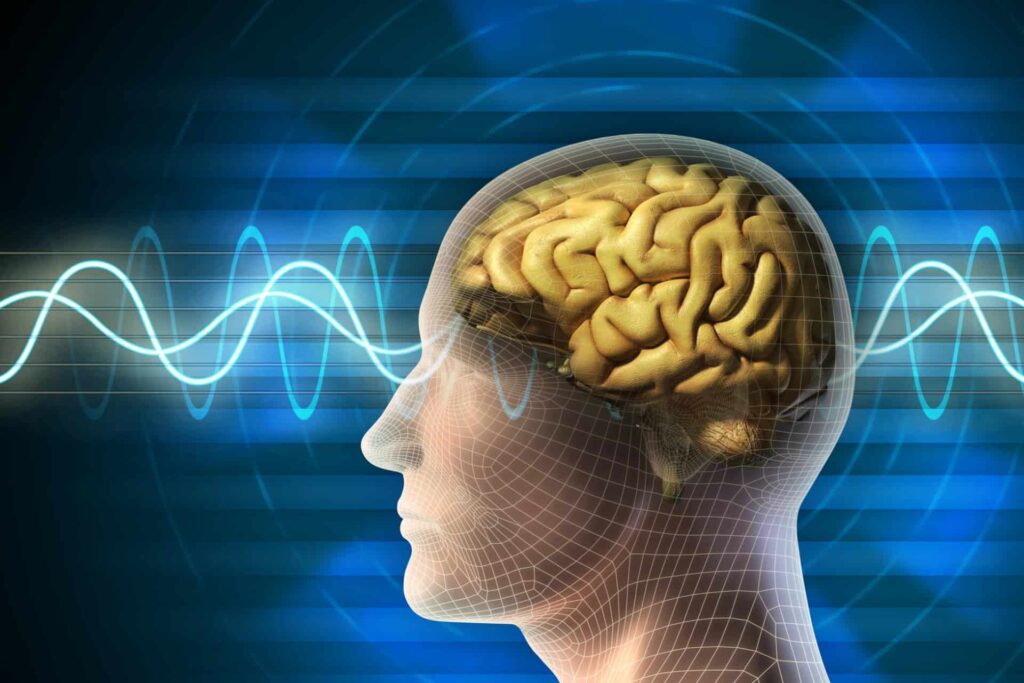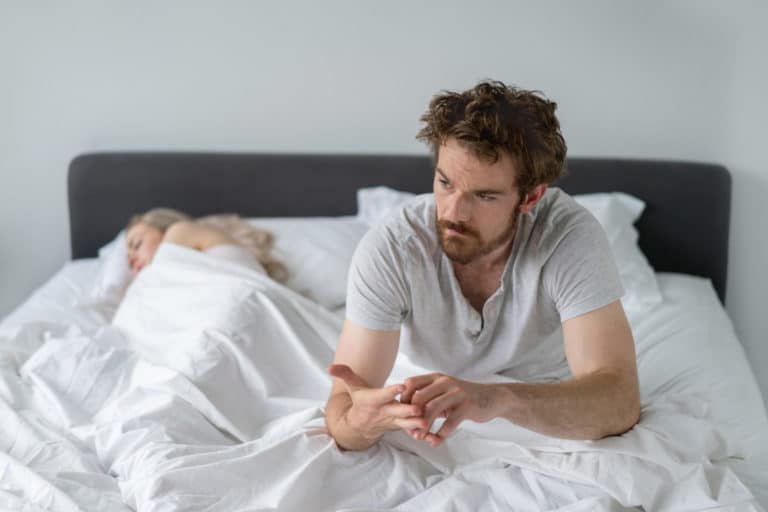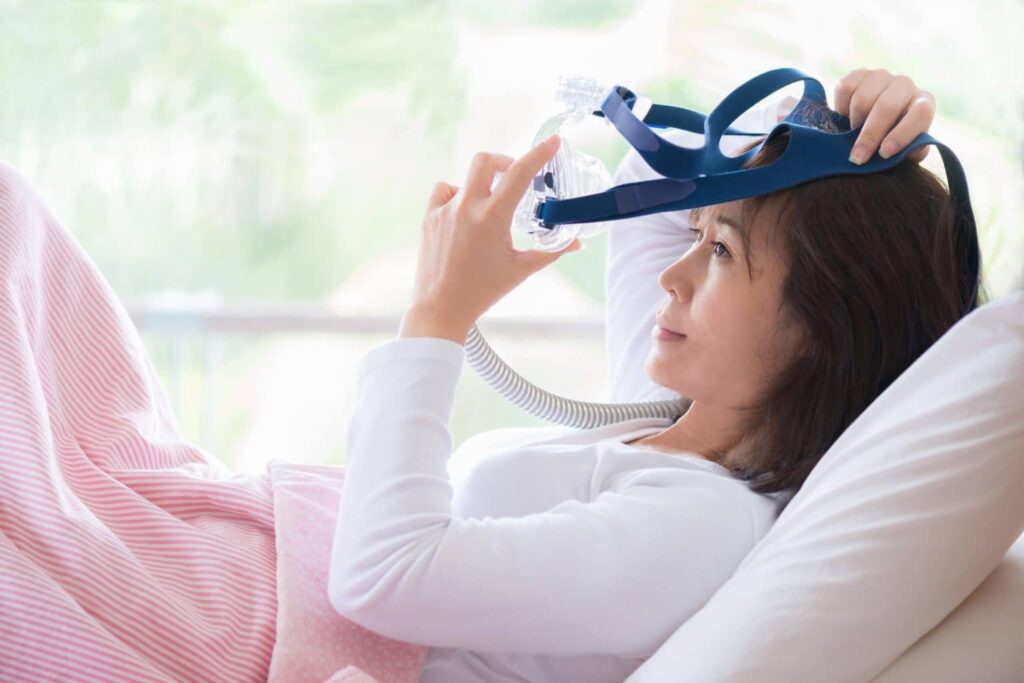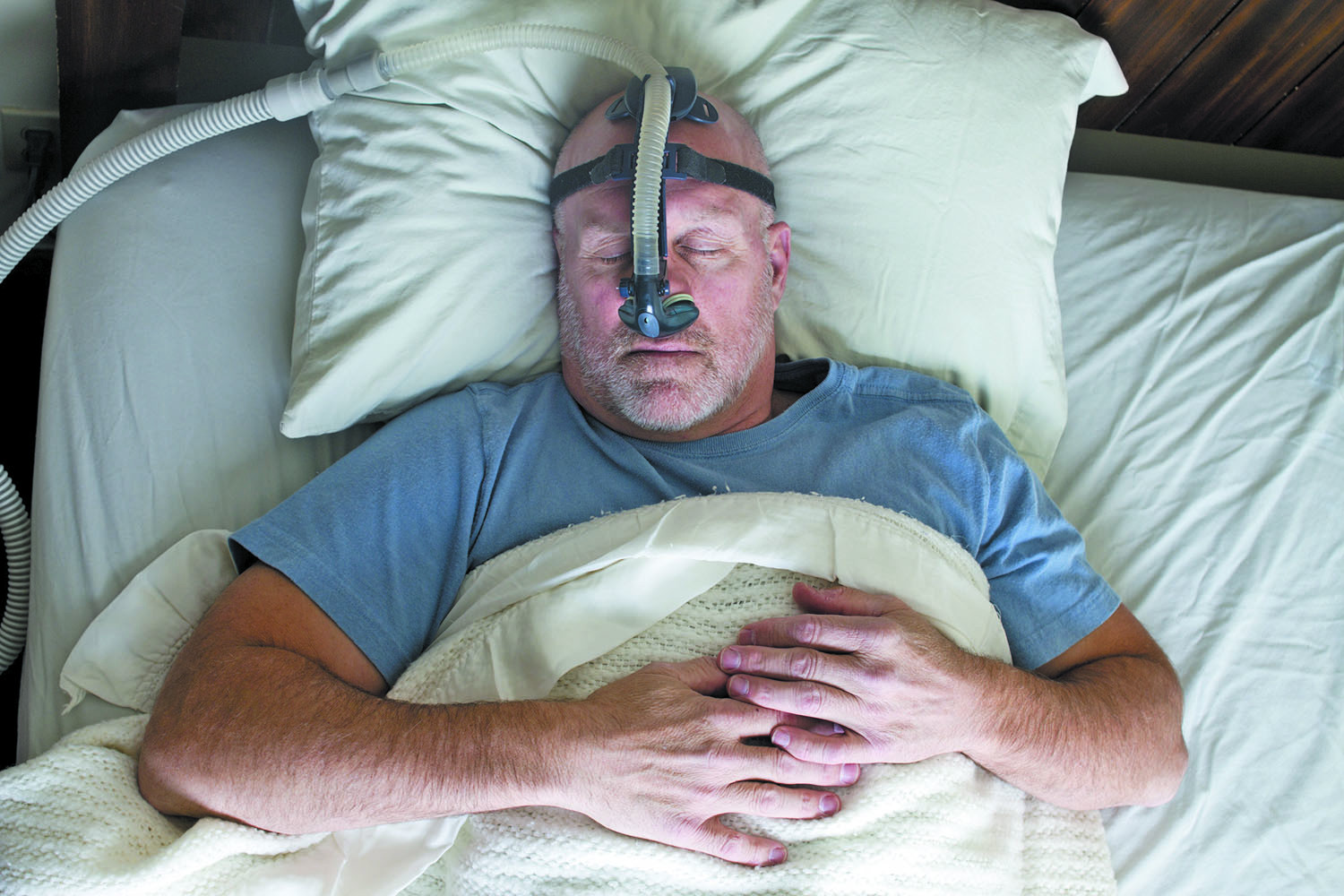The CPAP is a sleep apnea machine that helps control and pushes out any unwanted piece blocking the easy flow of air in the airways. So, in this article, we will explain in detail the essential things you need to know about the cpap machine for sleep apnea. However, your hundred percent attention is required. Hence, before we dive into facts about cpap machines, it would be nice to kick start with the meaning of sleep apnea.
What is sleep apnea?
SA is a dangerous sleep disorder in which breathing is affected. With sleep apnea, the breathing breaks and flinches repeatedly. On the other hand, one is considered to use cpap machine if one snores noisily during sleep. We can’t describe sleep apnea (SA) without seeing its types. Seemingly, there are three categories of SA. They are; obstructive sleep apnea, central sleep apnea, and complex sleep apnea syndrome. Also check out: Is LASIK long-lasting

The obstructive SA happens when the throat muscles relax. It occurs when the muscles in the back of one’s throat relax disproportionately to allow normal breathing. Also, central sleep apnea occurs when one’s brain doesn’t send the appropriate signal to the muscles that control breathing. And once the powers holding breathing fail to receive the proper signal from the brain, central sleep apnea will occur.
Hence, what is complex sleep apnea syndrome? Complex sleep apnea syndrome is also known as treatment-emergent central SA. It occurs when one has both obstructive SA and central SA. In other words, it is the combination of the first-mentioned two types of SA.
However, there are common symptoms of this sleep disorder. It could be morning headache, loud snoring, irritability, insomnia, hypersomnia, and difficulty staying asleep. You might be wondering if loud snoring is among the symptoms of sleep apnea. Some people assume that snoring is a natural case that cannot be controlled. That’s not true. When one snores loudly, something is wrong. Of course, such a person might be suffering or battling sleep apnea.

What is a CPAP machine?
CPAP means continuous positive airway pressure. It is a machine commonly prescribed for treating sleep apnea disorders. CPAP is specifically designed to treat and regulate airflow in the airways. Remember, we mentioned obstructive sleep apnea as the most common type/cause of sleep apnea. So, OSA causes interruptions in one’s breathing because one’s throat is temporarily blocked. Hence, a CPAP machine helps to send a steady flow of air into one’s nose and mouth while asleep. This incredible machine is a medical tool that normalizes the flow of pressurized air into one’s nose and mouth. It helps to keep one’s airways open; then, one can breathe normally.
How does the CPAP machine work?
A Continuous Positive Airway Pressure machine’s compressor (motor) produces a continuous stream of hassled air that journeys through an air filter into a flexible tube. This tube transports purified air into a mask wrapped around your nose or mouth. So, as you sleep, the airstream from the continuous positive airway pressure machine impulses against any obstructions. Also, it opens your airways, so your lungs receive abundant oxygen.
Without anything hindering this stream of oxygen, your breathing doesn’t break in proceedings. So, you don’t recurrently wake up to recommence breathing.
Basic components of CPAP
Continuous positive airway pressure machines have the same essential components. In any CPAP machine, you’ll see the same essential elements. All continuous positive airway pressure machines have a mouth housed in a base unit, a cushioned mask, and a tube that connects the motor to the mask. Not only that, but all CPAP machines also come with a headgear frame, elbow pieces that act as joints, and adjustable straps. That adjustable strap allows one to customize the fit of the device.

Types of CPAP masks
There are different types of continuous positive airway pressure machine masks. Firstly, let us talk about the work of the mask in CPAP. Of course, mask styles vary with several continuous positive airway pressure machines. So, the mask you put on depends on your breathing habits. Also, the type of SA you have will determine the mask you’ll put on. However, below are the types of CPAP masks;
- Nasal pillow mask: This mask has a small cushion that caps over the nostril area. A nasal pillow mask has prongs that fit into one’s nostrils. This CPAP mask allows one to wear one’s glasses quickly. This unique CPAP mask performs well if one has lots of facial hair.
- Nasal mask: This mask is a cushioned mask that covers one’s whole nose area. It is a better option for those that are not always stable, that is, maintaining a position while sleeping. So, a nasal mask is the best option for people that can’t do without moving around while sleeping. Also, a nasal mask is the best type of CPAP mask that can deliver a high-pressure airstream.
- Full mask: This CPAP mask is triangular. It covers one’s mouth and nose. Doctors used to prescribe this CPAP mask for people who breathe through their mouths while sleeping. On the other hand, CPAP full mask can be recommended for people with a blockage in their nose. A full mask is a most-used mask over the years. For the past ten years, many people have found it hard to breathe normally. So, doctors prescribed full mask CPAP to them.
Now, the difference between CPAP and APAP
You’ll be curious to know the difference between automatic positive airflow pressure and continuous positive airflow pressure. CPAP is designed or programmed to produce pressurized air at one steady air pressure level while automatic positive airflow pressure checks one’s breathing throughout the night. The APAP adjusts the air pressure to compensate for the change in one’s sleep position.
Closing thought
Dear reader, we hope you’ve seen something informative here. This article contains the meaning of SA and every other essential fact you need to know about CPAP. Finally, you can have a question(s). Please feel free to ask. We will surely respond to all questions regarding this topic.

